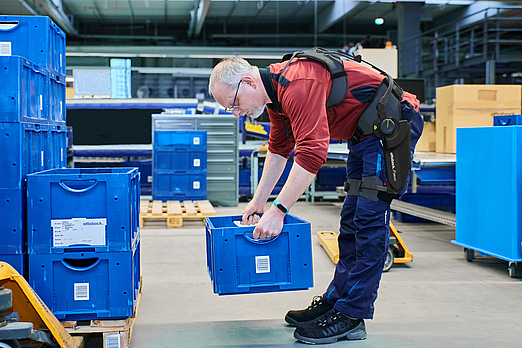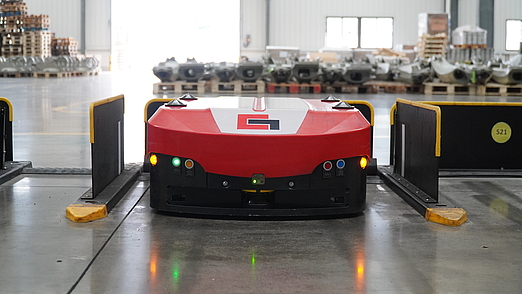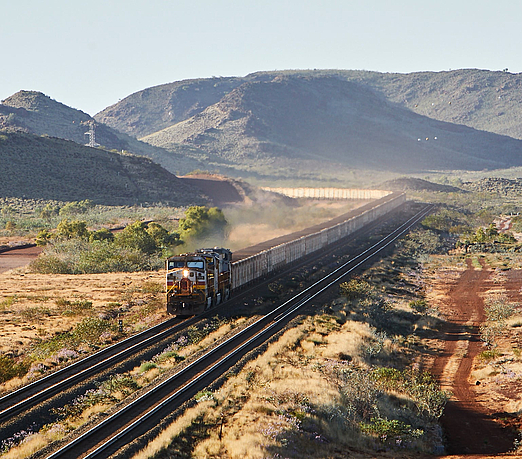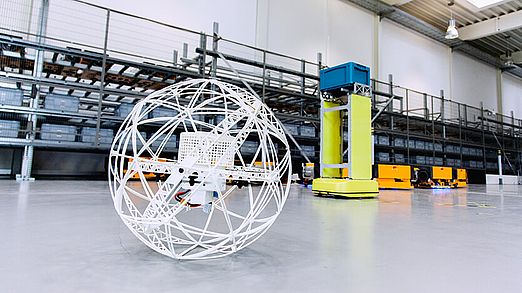How technology and “automatisms” make our terminals fit for the future
Increasing autonomy at freight terminals
- Insights
Whether it involves trucks, containers, trains or ships, the automation of loading and unloading processes is quickly gaining ground – because under the right conditions, it promises faster workflows, greater work safety and cost reductions. However, a few things still need to be considered. We’ll take a look at automated loading systems, damage scanners and “robot ports”.
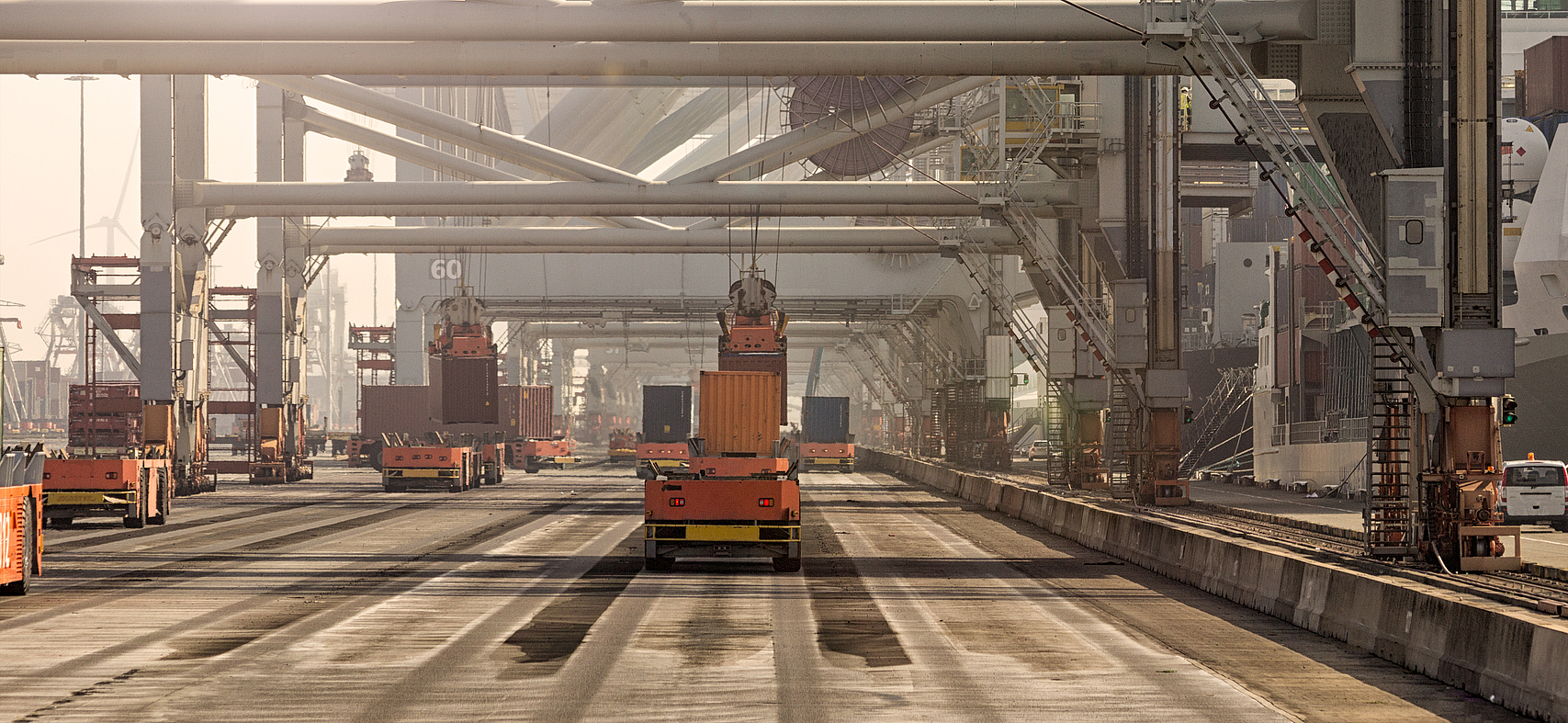
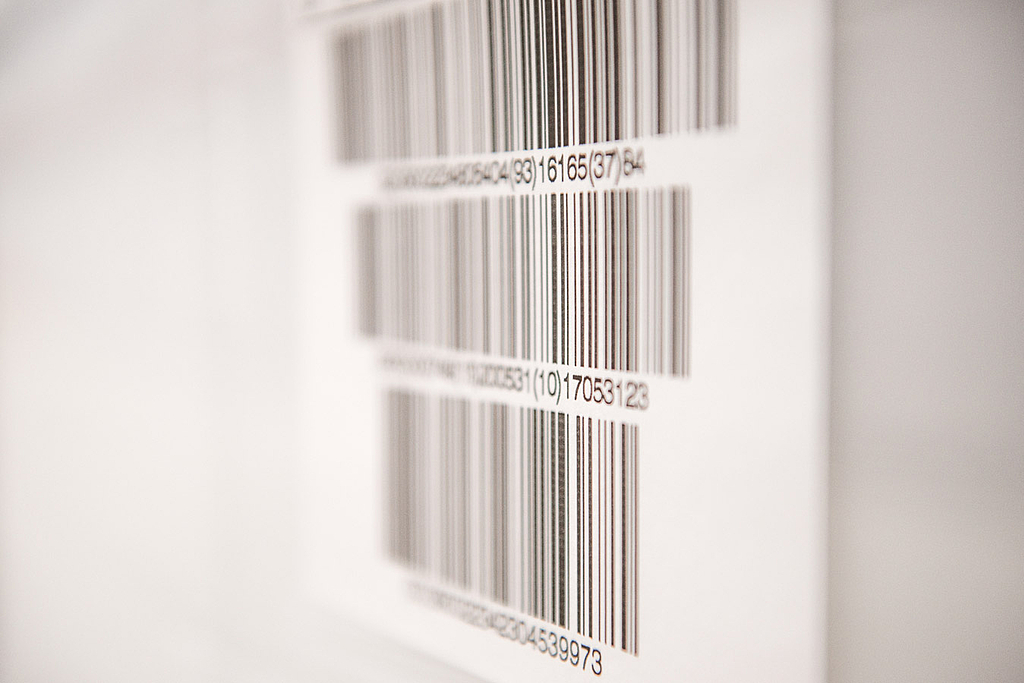
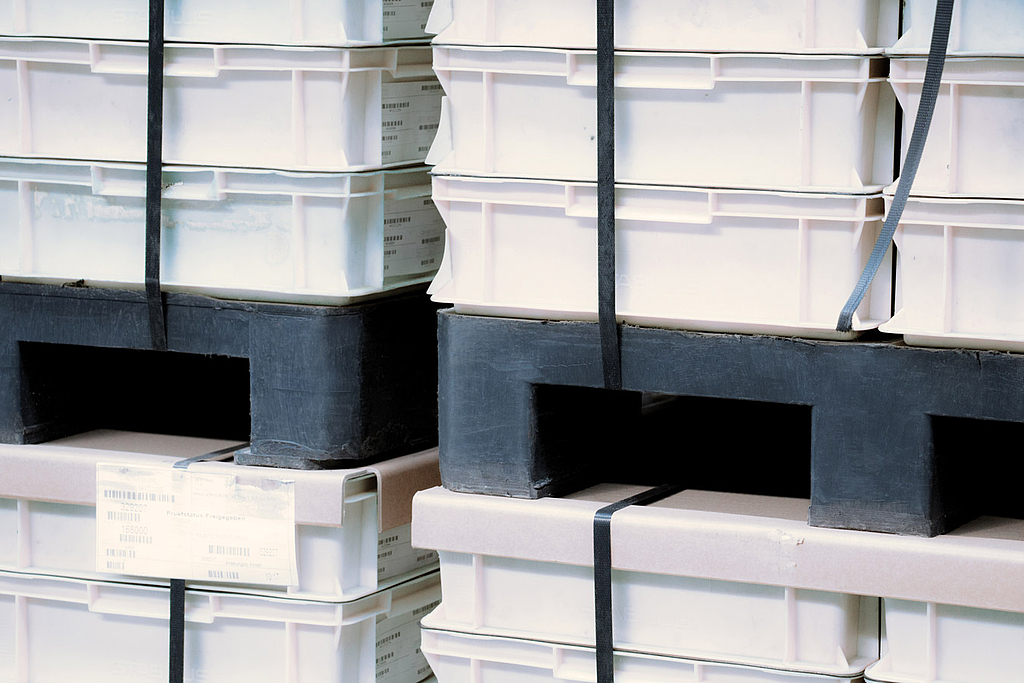
We offer specialized logistics solutions and warehousing facilities for the requirements of a range of industries.
Uniform standards in all of our logistics centers around the world ensure high quality and reliability. Benefit from our comprehensive network of warehouses in Europe, Asia and the USA.
Find out more
